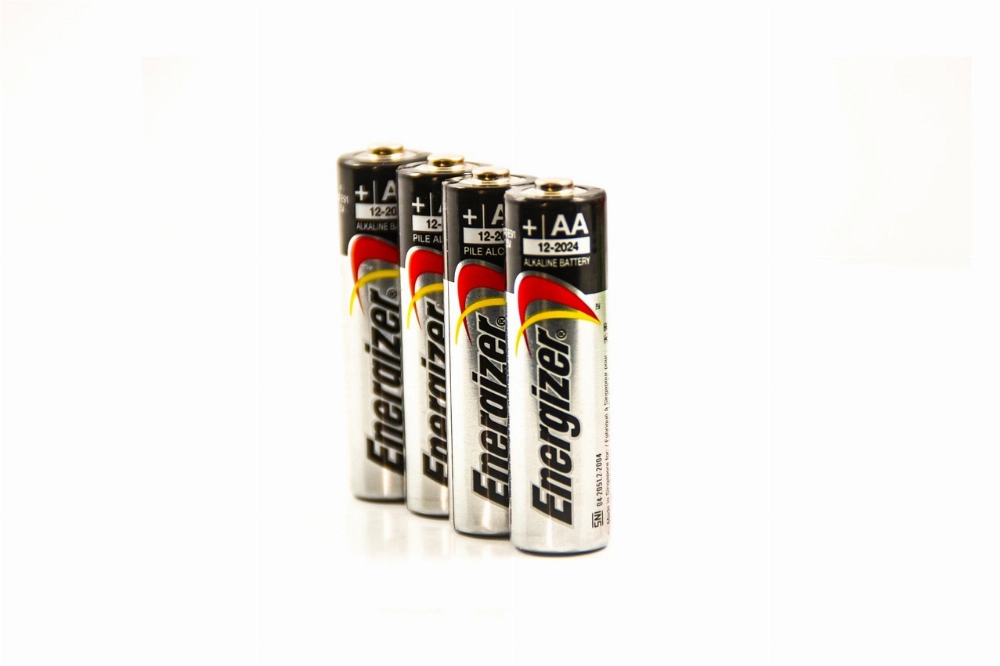The Ultimate Guide to Group 35 Batteries
When it comes to powering your vehicle or equipment, choosing the right battery is crucial. One of the popular options is the Group 35 battery. But what does that exactly mean, and why should you care? In this comprehensive guide, we will explore everything you need to know about Group 35 batteries. From their dimensions and types to their applications and advantages, we’ve got you covered. This guide will equip you with the knowledge you need when purchasing a new battery for your vehicle or equipment.
Part 1: What Does “Group 35” Battery Mean?
The term “Group 35” refers to a specific battery size classification set by the Battery Council International (BCI). The BCI standardizes battery sizes and specifications, making it easier for consumers to choose the right battery for their needs.
So, what does the number 35 represent? It refers to the battery’s physical dimensions, terminal placement, and other key features. This standardization ensures that users can easily find a compatible battery for their vehicle or equipment, making the selection process more straightforward.
Part 2: Dimensions
Understanding the dimensions of a Group 35 battery is essential. These batteries typically measure around 9.06 inches in length, 6.88 inches in width, and 8.88 inches in height. This standardized size makes them easy to fit into the battery compartments of various vehicles and equipment.
Due to their size, Group 35 batteries are commonly used in many automobiles, making them a popular choice for a wide range of vehicles.
# 35 Battery Overview
Part 6: Chemical Composition
The performance, lifespan, and maintenance needs of the 35 battery are influenced by its chemical composition. The most common types include:
- Lead-Acid Batteries: These are the most traditional and cost-effective battery type. They offer reliable performance in general use but have a shorter lifespan and require regular maintenance compared to other battery types.
- AGM (Absorbent Glass Mat) Batteries: AGM batteries offer enhanced performance and a longer lifespan. They are maintenance-free, making them ideal for users seeking a hassle-free experience.
- Lithium-Ion Batteries: While less common in this size battery, lithium-ion batteries are known for their high energy density and extended lifespan. They are lightweight and maintenance-free but are also relatively more expensive.
Part 7: Price
The price range for a 35 battery varies…
The Ultimate Guide to Using a Lithium-Ion Car Jump Starter
Lithium-ion jump starters are essential tools for car emergencies. This comprehensive guide will walk you through how to use them correctly, safety precautions, maintenance tips, and why they are a wise investment for all drivers.
What is a Portable Power Bank?
Portable power banks ensure your devices stay powered no matter where you are. This guide will explain their definition, the materials used, and how they work, helping you easily understand how they work.
How to Choose the Best Battery Pack for Your Needs: Capacity, Performance & More
Selecting the right battery pack is crucial for ensuring reliability and optimal performance. This guide covers key factors like capacity, safety, and other important functions to consider when deciding.








